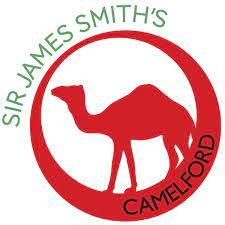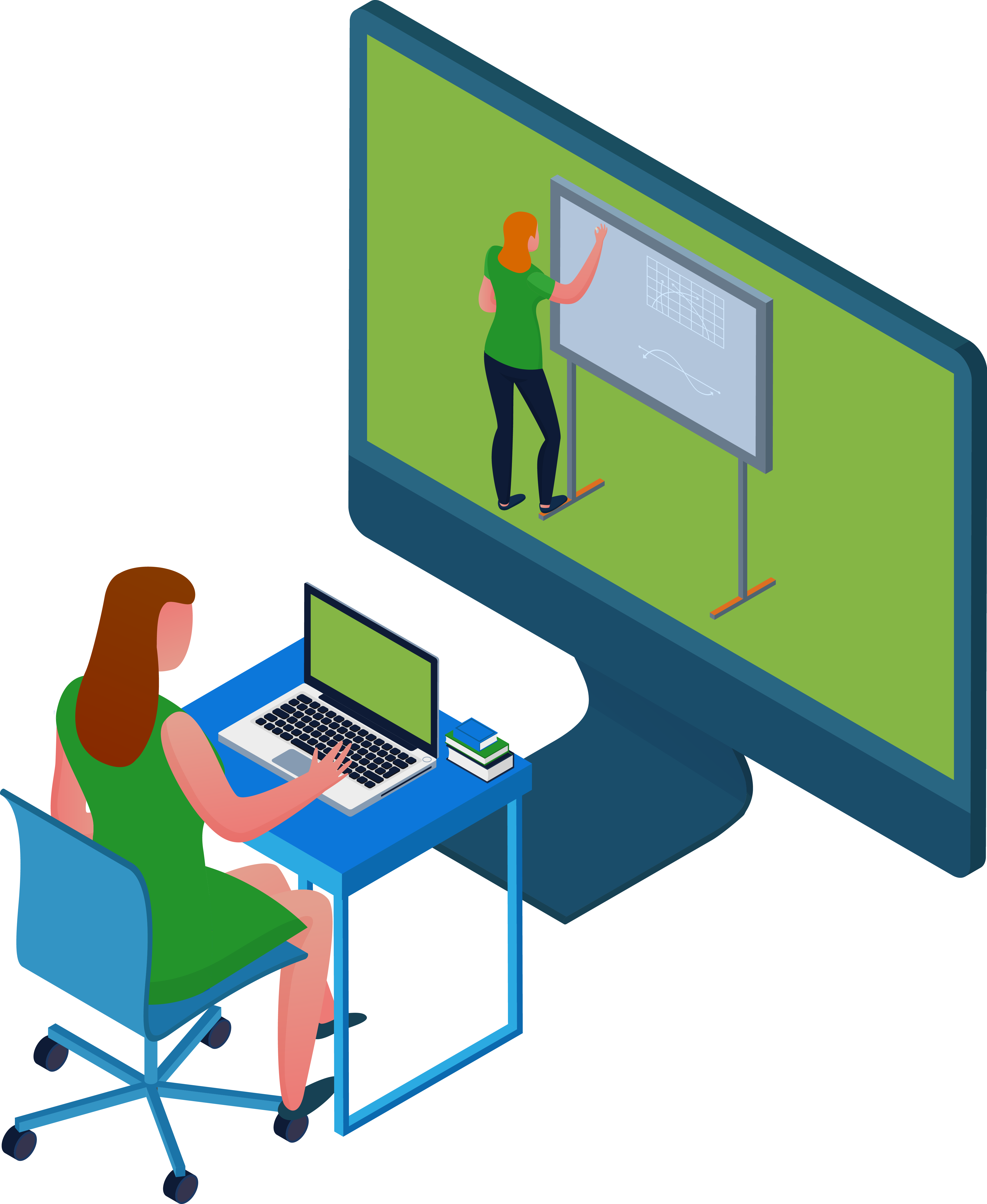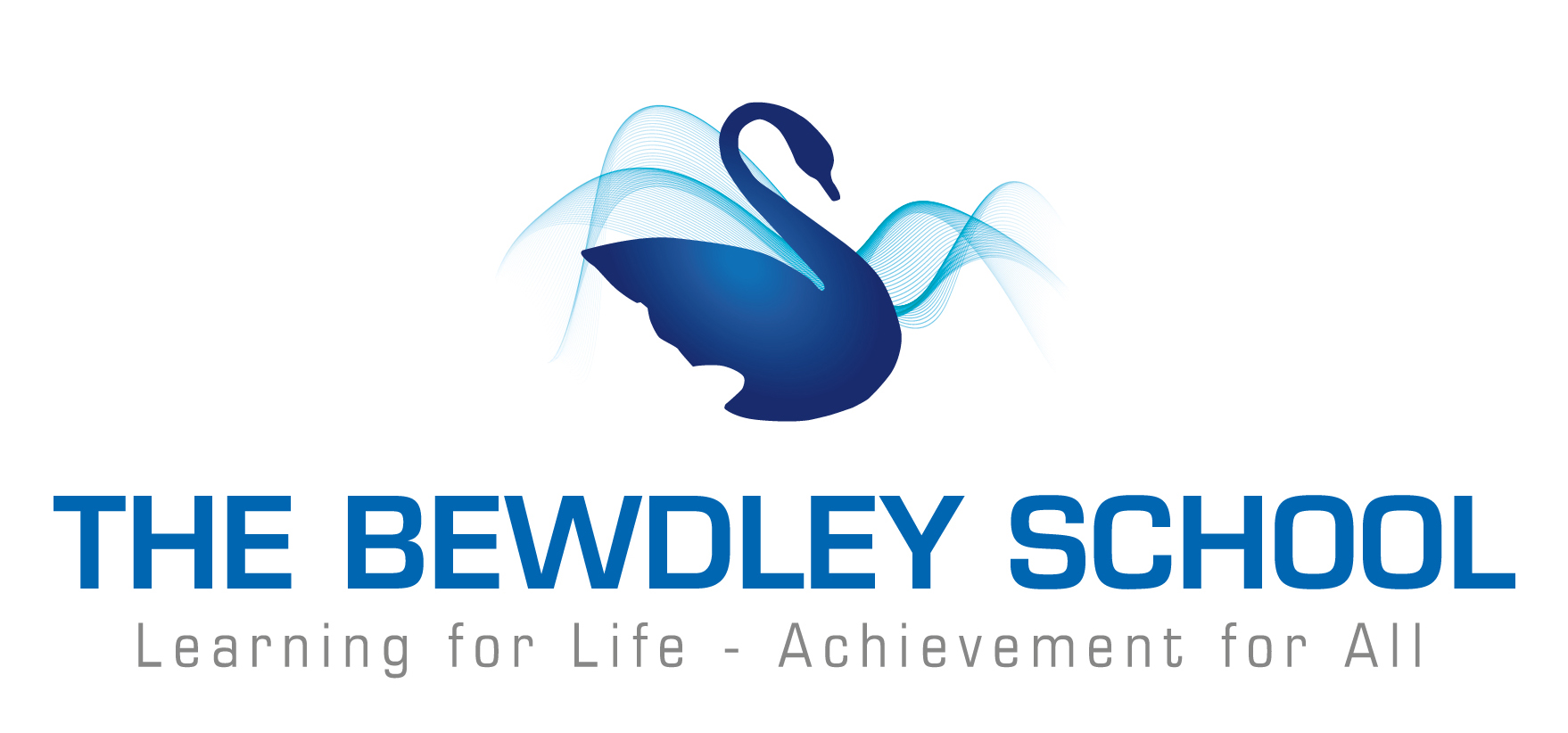

TUTOR for Secondaries
TUTOR for Secondaries
Why secondary schools are using TUTOR
TUTOR is an Intelligent Tutoring System which allows secondary schools to assess pupils’ disparate starting points, identify knowledge gaps, and then offer individualised, targeted teaching to all, regardless of their stage of maths maturation. TUTOR covers every stage of maths from counting to calculus, meaning it can support all pupils from those needing support with place value right through to those aiming for top grades in Further Maths. Secondary schools use TUTOR as part of their intervention programme, for personalised home-learning, and as an integrated support package in lessons.
Why secondary schools are using TUTOR
TUTOR is an Intelligent Tutoring System which allows secondary schools to assess pupils’ disparate starting points, identify knowledge gaps, and then offer individualised, targeted teaching to all, regardless of their stage of maths maturation. TUTOR covers every stage of maths from counting to calculus, meaning it can support all pupils from those needing support with place value right through to those aiming for top grades in Further Maths. Secondary schools use TUTOR as part of their intervention programme, for personalised home-learning, and as an integrated support package in lessons.
What is an Intelligent
Tutoring System?
Intelligent Tutoring Systems are known to be the most impactful form of supplementary education. It may feel slightly counterintuitive, but ITSs have been repeatedly shown to be even more effective than one-to-one human tutoring. An Intelligent tutoring system (ITS) is a computer system that provides immediate and customised instruction or feedback to pupils, enabling learning in a meaningful and highly effective manner. You can read more about the impact of Intelligent Tutoring Systems here
What is an Intelligent
Tutoring System?
Intelligent Tutoring Systems are known to be the most impactful form of supplementary education. It may feel slightly counterintuitive, but ITSs have been repeatedly shown to be even more effective than one-to-one human tutoring. An Intelligent tutoring system (ITS) is a computer system that provides immediate and customised instruction or feedback to pupils, enabling learning in a meaningful and highly effective manner. You can read more about the impact of Intelligent Tutoring Systems here

“The impact has been absolutely phenomenal!"
“The impact has been absolutely phenomenal!"
“Within one 10 week intervention cycle, we've had a student with a starting point of 85 increase to 102 whilst another started with 78 and went up to 103! This means they've had the gap closed and are now in line with, or slightly above age-related expectations."
How do secondary schools use TUTOR?
How do secondary schools use TUTOR?
1. Personalised intervention for all pupils
1. Personalised intervention for all pupils
 Intervention is most effective when delivered 1-1 by an expert teacher who knows exactly where their pupil’s knowledge gaps are: TUTOR makes it possible to deliver such intervention to whole groups of pupils at once.
Intervention is most effective when delivered 1-1 by an expert teacher who knows exactly where their pupil’s knowledge gaps are: TUTOR makes it possible to deliver such intervention to whole groups of pupils at once.
Sir James Smith’s have been using TUTOR as an intervention tool for specific groups of pupils, as well as a compulsory homework tool across the whole school.
 Intervention is most effective when delivered 1-1 by an expert teacher who knows exactly where their pupil’s knowledge gaps are: TUTOR makes it possible to deliver such intervention to whole groups of pupils at once.
Intervention is most effective when delivered 1-1 by an expert teacher who knows exactly where their pupil’s knowledge gaps are: TUTOR makes it possible to deliver such intervention to whole groups of pupils at once.
Sir James Smith’s have been using TUTOR as an intervention tool for specific groups of pupils, as well as a compulsory homework tool across the whole school.
“TUTOR is just like having a personalised tutor” — he particularly enjoys using the Diagnostic quiz with pupils, who can “identify and recognise where the weaknesses are.”
Jon O'Neil, Head of Maths, Sir James Smith School
“TUTOR is just like having a personalised tutor” — he particularly enjoys using the Diagnostic quiz with pupils, who can “identify and recognise where the weaknesses are.”
Jon O'Neil, Head of Maths, Sir James Smith School

2. Pre-teaching and consolidating lesson content
2. In-school TUTOR time
 Bespoke courses on TUTOR can be used to prepare pupils for specific topics coming up in lessons — so teachers can be confident that gaps have been identified and plugged ahead of time, and all pupils are ready for the next idea.
Bespoke courses on TUTOR can be used to prepare pupils for specific topics coming up in lessons — so teachers can be confident that gaps have been identified and plugged ahead of time, and all pupils are ready for the next idea.
At Canons High School, pupils in lower set year 8 groups use TUTOR in class to support with differentiation of work. All pupils have access to TUTOR for home learning, too, and after just a few months of usage pupils had already answered over 189,000 questions correctly.
 Bespoke courses on TUTOR can be used to prepare pupils for specific topics coming up in lessons — so teachers can be confident that gaps have been identified and plugged ahead of time, and all pupils are ready for the next idea.
Bespoke courses on TUTOR can be used to prepare pupils for specific topics coming up in lessons — so teachers can be confident that gaps have been identified and plugged ahead of time, and all pupils are ready for the next idea.
At Canons High School, pupils in lower set year 8 groups use TUTOR in class to support with differentiation of work. All pupils have access to TUTOR for home learning, too, and after just a few months of usage pupils had already answered over 189,000 questions correctly.

3. Engaging parents in home learning
3. Engaging parents in home learning

As pupils progress through their maths education, supporting them at home becomes increasingly difficult for parents who may not themselves have studied maths for a long time! With TUTOR, parents are able to create their own accounts and track their child’s journey through the maths universe, including the number of Goals their teacher expects them to complete each week and their progress through teacher-assigned courses.
As pupils progress through their maths education, supporting them at home becomes increasingly different for parents who may not themselves have studied maths for a long time! With TUTOR, parents are able to create their own accounts and track their child’s journey through the maths universe, including the number of Goals their teacher expects them to complete each week and their progress through teacher-assigned courses.
 At The Bewdley School, Fiona Wilmott, Head of Department, uses TUTOR across KS3 to KS5 to help pupils catch up and fill in any gaps in prior learning.
At The Bewdley School, Fiona Wilmott, Head of Department, uses TUTOR across KS3 to KS5 to help pupils catch up and fill in any gaps in prior learning.
With 990 pupils on roll, in one half term they have managed to stack up some impressive stats: over 44,000 minutes of videos have been watched on the platform, and over 143,000 questions have been answered.
 At The Bewdley School, Fiona Wilmott, Head of Department, uses TUTOR across KS3 to KS5 to help pupils catch up and fill in any gaps in prior learning.
At The Bewdley School, Fiona Wilmott, Head of Department, uses TUTOR across KS3 to KS5 to help pupils catch up and fill in any gaps in prior learning.
With 990 on roll, in one half term they have managed to stack up some impressive stats: over 44,000 minutes of videos have been watched on the platform, and over 143,000 questions have been answered.
How can I introduce TUTOR to my pupils?
How can I introduce TUTOR to my pupils?
At Scarborough UTC, SENCO Hayley Briggs decided to start by targeting a focused group of pupils, recognising that “you need to walk before you can run”. Their initial TUTOR rollout focused on a group of pupils following testing of the whole cohort using the Progress Test in Maths, where a score of 100 is the average for pupils of the same age nationally.
This year, around a third of Year 10 UTC pupils’ scores were low for their age at between 70-90. Hayley was able to target these pupils with three sessions per week of 20 minutes on TUTOR, with a TA with them for support, and was even able to extend this to a pupil with a score of 93, despite the high proportion of pupils needing support.
Read on to find out Hayley and her team managed their TUTOR rollout:
At Scarborough UTC, SENCO Hayley Briggs decided to start by targeting a focused group of pupils, recognising that “you need to walk before you can run”. Their initial TUTOR rollout focused on a group of pupils following testing of the whole cohort using the Progress Test in Maths, where a score of 100 is the average for pupils of the same age nationally.
This year, around a third of Year 10 UTC pupils’ scores were low for their age at between 70-90. Hayley was able to target these pupils with three sessions per week of 20 minutes on TUTOR, with a TA with them for support, and was even able to extend this to a pupil with a score of 93, despite the high proportion of pupils needing support.
Read on to find out Hayley and her team managed their TUTOR rollout:

Where students started
"We assess students when they join us with a standardised test which gives them an age-related score, with 100 being the ‘average student’ their age. Most students we were able to target with intervention had scores of less than 90".
Longer-term impact
"With students that did one intervention cycle up to Easter and came up with fantastic scores of around 100 and above, we stopped the intervention and they went back into lessons [full-time]. We then tested them at the end of the second cycle, even though they’d had no intervention."
Wider impact across the curriculum
"In particular, one students’ test scores keep flying and that's just ‘the number’ - their attitude wasn’t great across their subjects, but because they are now achieving and making progress in maths, that confidence translates into their other subjects. It has made a really big difference in their confidence across the board."
What the impact was with TUTOR
"Within one 10 week intervention cycle, we've had a student with a starting point of 85 increase to 102 whilst another started with 78 and went up to 103! This means they've had the gap closed and are now in line with, or slightly above, age-related expectations".
Re-testing results
"All of them have either maintained [standardised age scores], and one has actually carried on improving above this. Our interpretation is that by the gaps being closed, we have been able to further increase their skills, and we've seen that impact translate into the curriculum. It's definitely impacted on their confidence as well - they are now able to access lessons successfully, and as a result, they’re keeping up with their own age-related expectations or improving further."